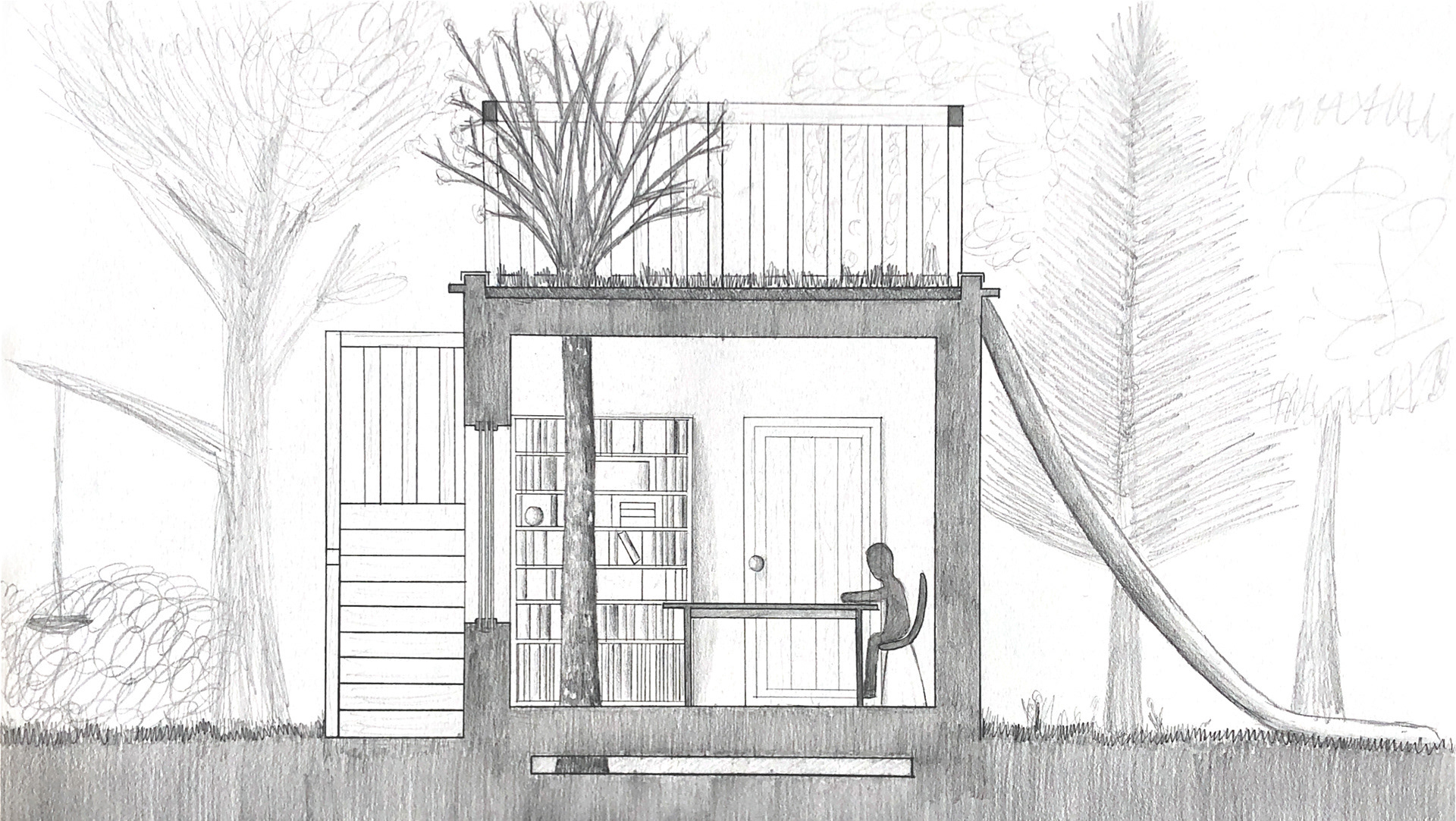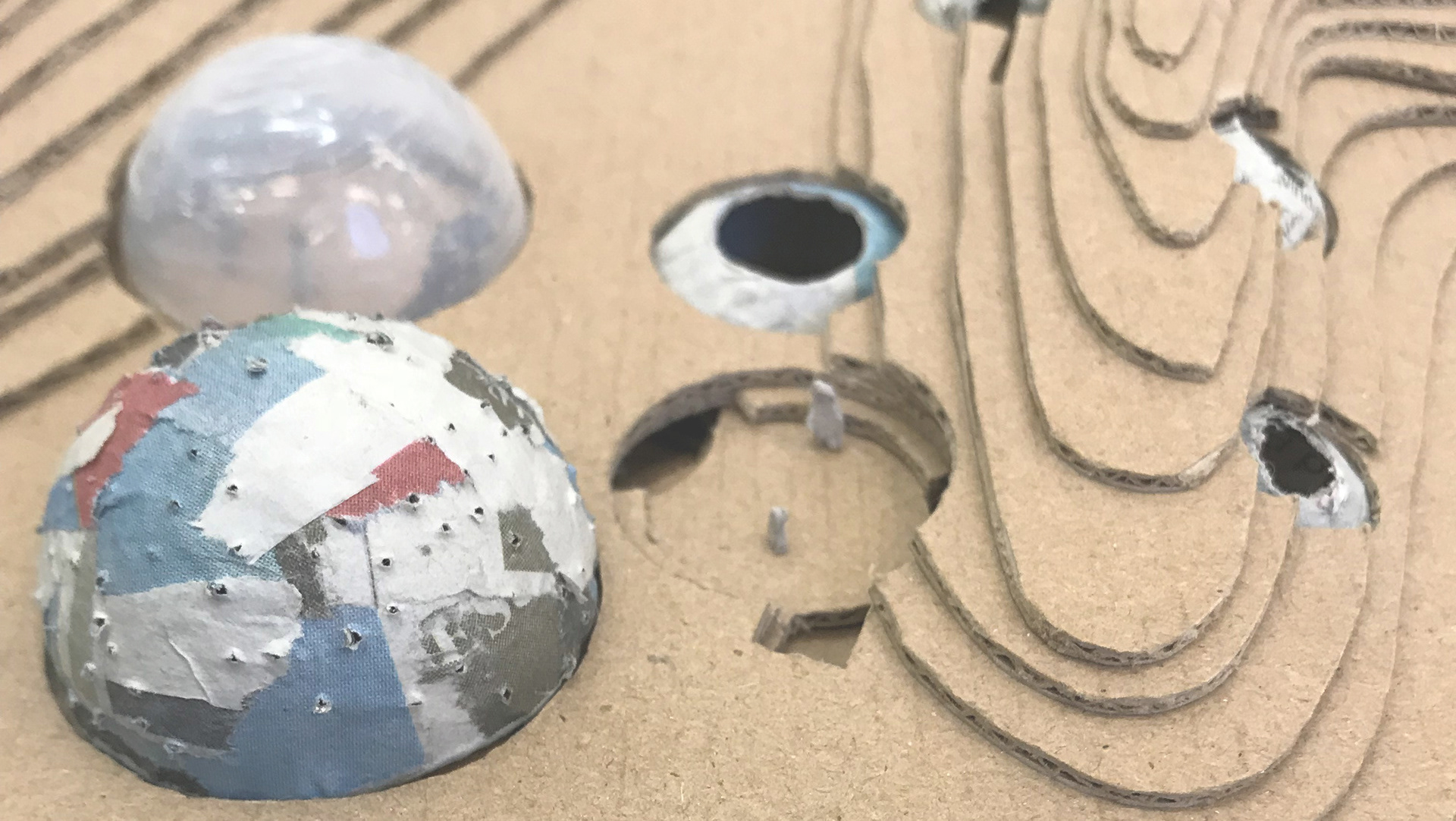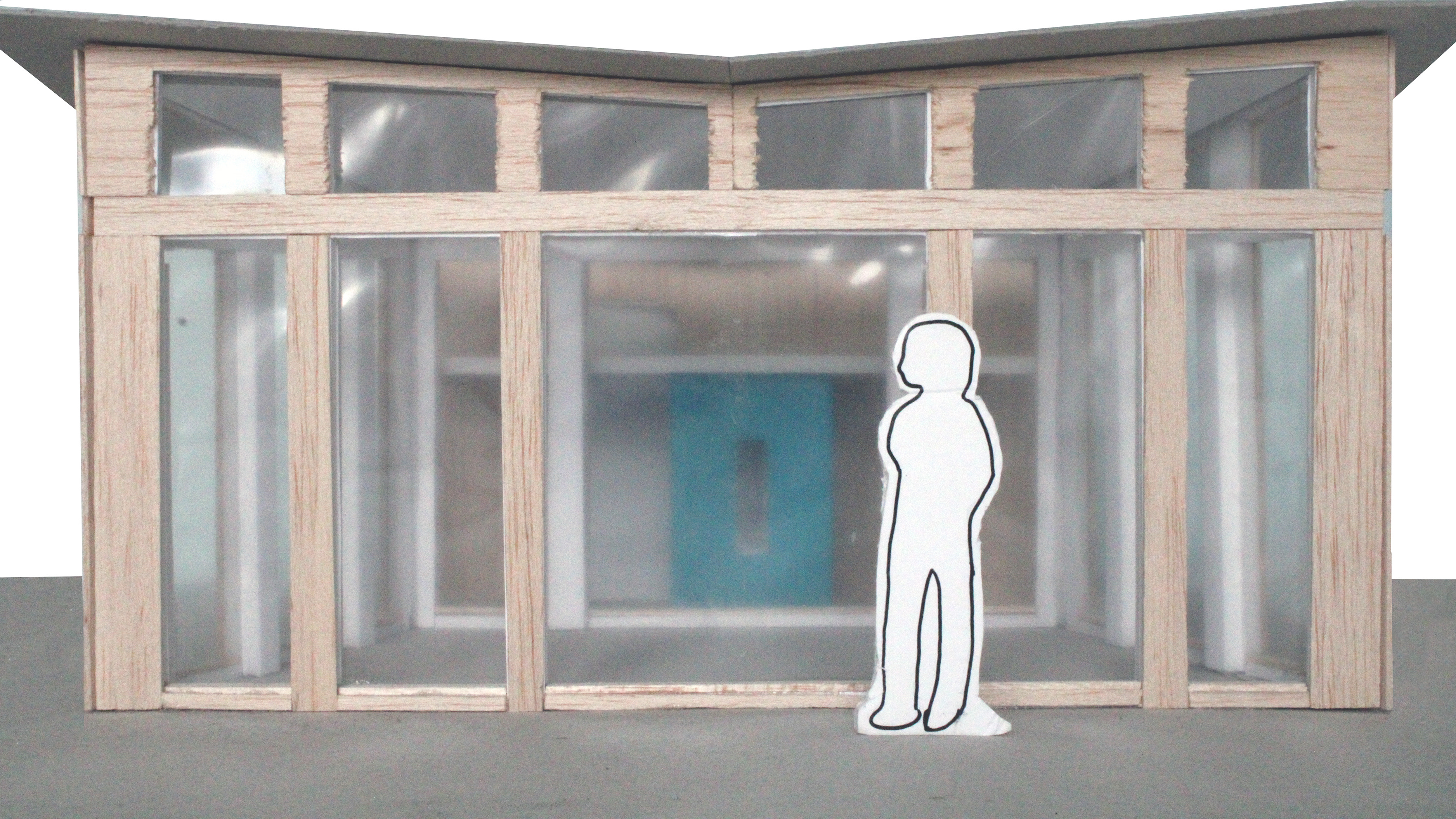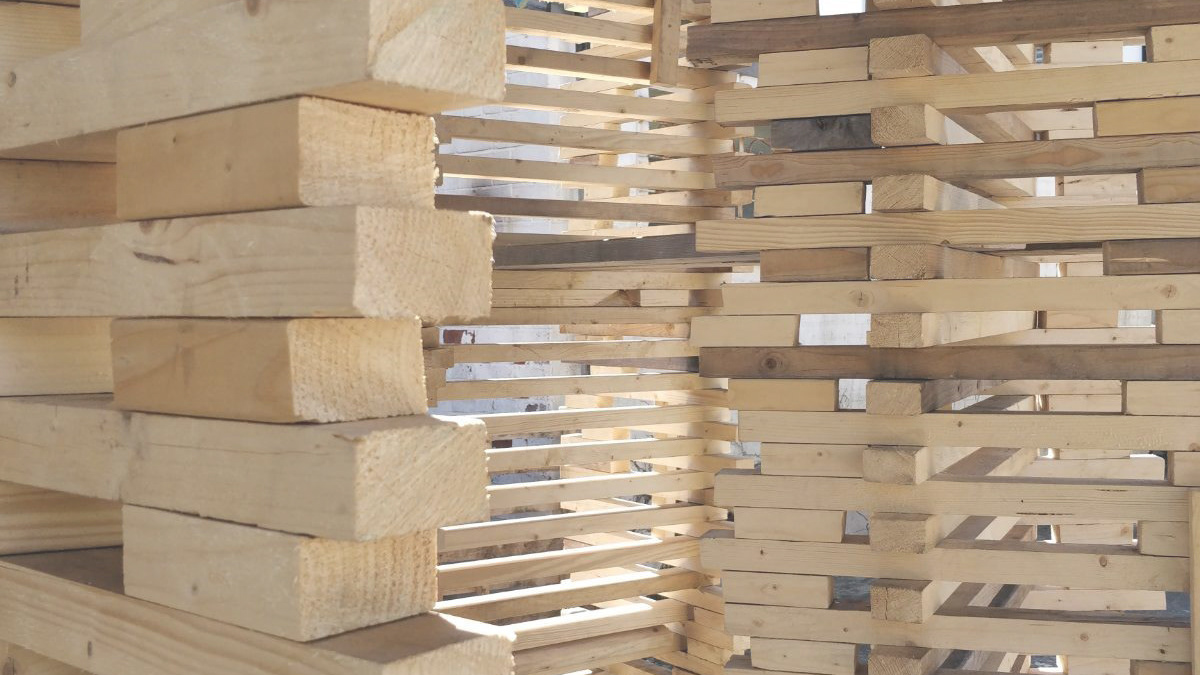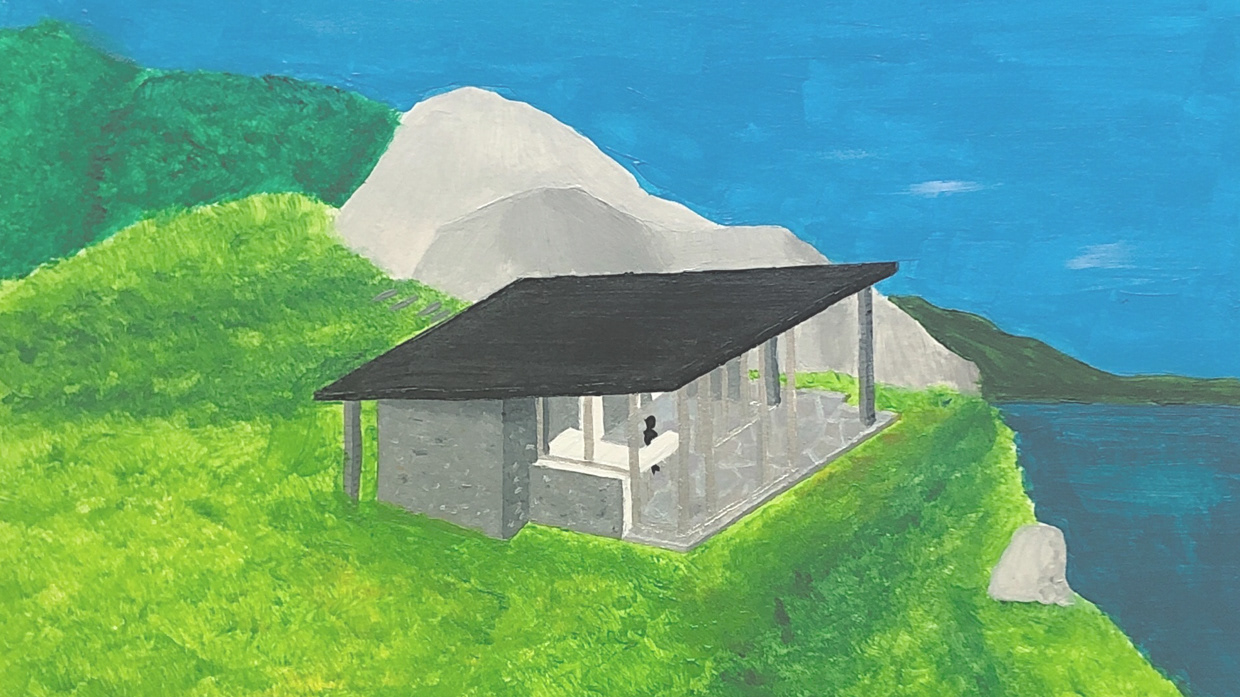This project was in lieu of the usual Part 1 experience undertaken during the first year of the MArch at WSA. The brief was to deliver ideas and outputs for a website being put together by the client, Ty Banc Canal group, to begin the process of restoring the Neath Canal and Resolven area. The student team formed smaller 'practices' each having a specific focus. My practice's focus was on the community's engagement with biodiversity as this aligned most with out values, and certainly mine. This page describes one of the outputs we produced and which I was most involved in- QR code nature trail quizzes. We brainstormed many ideas but we decided to focus on this one along with some others because we determined that children and tourists would be the best audiences to focus on to increase the community's overall engagement in the biodiversity, and this concept certainly does that. Children are important to engage firstly because they will involve their parents, and secondly because as they grow older as a generation, they will have more ingrained respect for both their community's biodiversity, and the world as a whole. Tourists are the other focus because they will bring income to the area, and will instil a sense of pride in the locals.
Trail Habitats: Photoshop and Google Earth Concept Image
The first stage was identifying potential locations along the canal which have potential for such trails. The trails located have a place for people to park or walk from public transport or the closest village to the start and then a 20-25 minute walk along the towpath to find all the QR codes. The routes are round trips along the same paths which brings the total trail times up to 40-50 minutes which is ideal for families and children.
Question Ecosystems: Photoshop and Google Earth Map Concept Image
Scaling up, this diagram shows the 'mammal trail' which starts in Resolven, in more detail. It features eight QR codes to find and scan, with each one bringing up a question that is loosely woven into a story. The animals featured in this trail are an otter, watervole, dormouse and bat which will be connected through the narrative of the questions focusing on habitats, level of protection and hibernation patterns to create an educational experience that is also fun.
Question Ecosystems: Photoshop Diagram of the Series of User Interfaces
This is the corresponding user interface people will be presented with when they scan a QR code. Each will have an image of the species in question, a next page button and either a question or text which is relevant to the storyline. The final pages tell people to find the next code. Also on each post will be a wildlife rubbing plaque to appeal to even younger age groups and people who don't have or enjoy using phones.
The exciting thing about this project compared to university experiences is that it has moved beyond the design stage and is moving into processes that will make it a reality. During the weeks I began researching costs of QR codes, posts and rubbing plaques in order to fill out a funding application form which will allow the project to happen.

